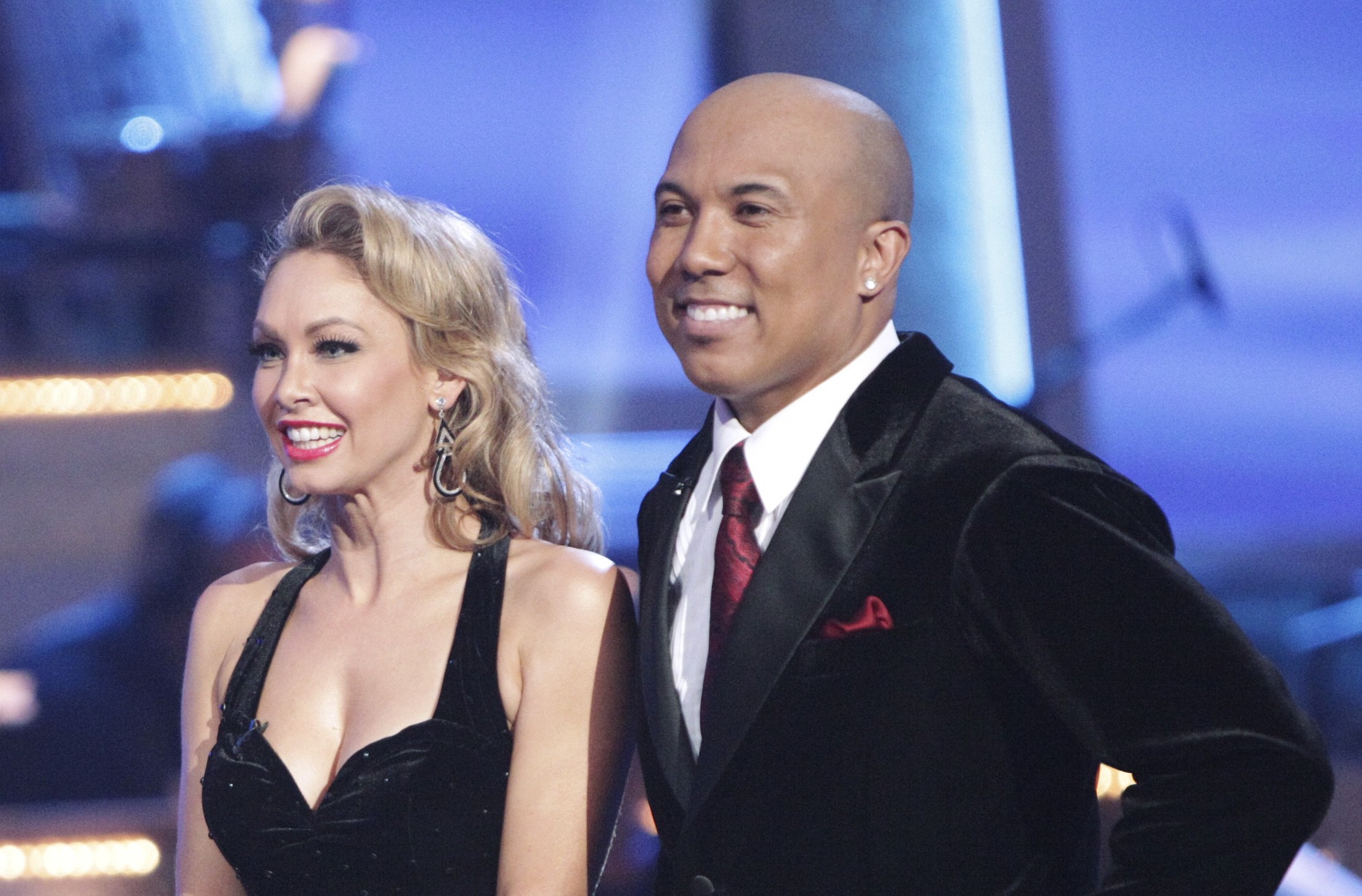Injuries continue to plague “Dancing with the Stars”

Another dancer has been injured on Dancing with the Stars. This time, it’s professional dancer Kym Johnson, who is partnered with NFL Pittsburgh Steeler Hines Ward. Johnson was injured during a fall at rehearsal last night and was taken by ambulance to a local hospital. She apparently injured her neck, but was released from the hospital wearing a neck brace. The show released a statement saying:
“After several tests, she was cleared by the medical staff, though she is bruised, sore and currently wearing a neck brace. Kym plans to continue with Hines Ward in the competition and resume rehearsals as soon as possible.”
 The neck (medically called the cervical spine) supports the weight of the head and protects the nerves that carry sensory and motor information from the brain down to the rest of the body. In addition, the neck is highly flexible and allows the head to turn and flex in all directions. The cervical portion of the spine consists of seven vertibrae, typically referred to as C-1 to C-7, with cartilaginous discs between each vertebral body. From top to bottom the cervical spine is gently curved in convex-forward fashion. It is the least marked of all the curves of the column.
The neck (medically called the cervical spine) supports the weight of the head and protects the nerves that carry sensory and motor information from the brain down to the rest of the body. In addition, the neck is highly flexible and allows the head to turn and flex in all directions. The cervical portion of the spine consists of seven vertibrae, typically referred to as C-1 to C-7, with cartilaginous discs between each vertebral body. From top to bottom the cervical spine is gently curved in convex-forward fashion. It is the least marked of all the curves of the column.
There are also many muscles and ligaments which help move the head and support the spinal column.
Neck pain can come from any part of your neck: muscles, bones, joints, tendons, ligaments or nerves can cause it. Pain may also come from your shoulder, jaw, head or upper arms.
Muscle strain or tension often causes neck pain. The problem is usually overuse, such as from sitting at a computer for too long. Sometimes you can strain your neck muscles from sleeping in an awkward position or overdoing it during exercise. Falls or accidents, including car accidents, are another common cause of neck pain. Whiplash, a soft tissue injury to the neck, is also called neck sprain or strain.
(Remember: A sprain is an injury to the ligaments and tendons, a strain is a muscle injury.)
According tot the American Association of Orthopedic Surgeons, the symptoms of a neck sprain can include:
- Pain, especially in the back of the neck, that worsens with movement
- Pain that peaks a day or so after the injury, instead of immediately
- Muscle spasms and pain in the upper shoulder
- Headache in the back of the head
- Sore throat
- Increased irritability, fatigue, difficulty sleeping, and difficulty concentrating
- Numbness in the arm or hand
- Neck stiffness or decreased range of motion (side to side, up and down, circular)
- Tingling or weakness in the arms
Treatment depends on the cause, but may include applying ice, taking pain relievers, getting physical therapy or wearing a cervical collar. Surgery is rarely needed.



























0 comments